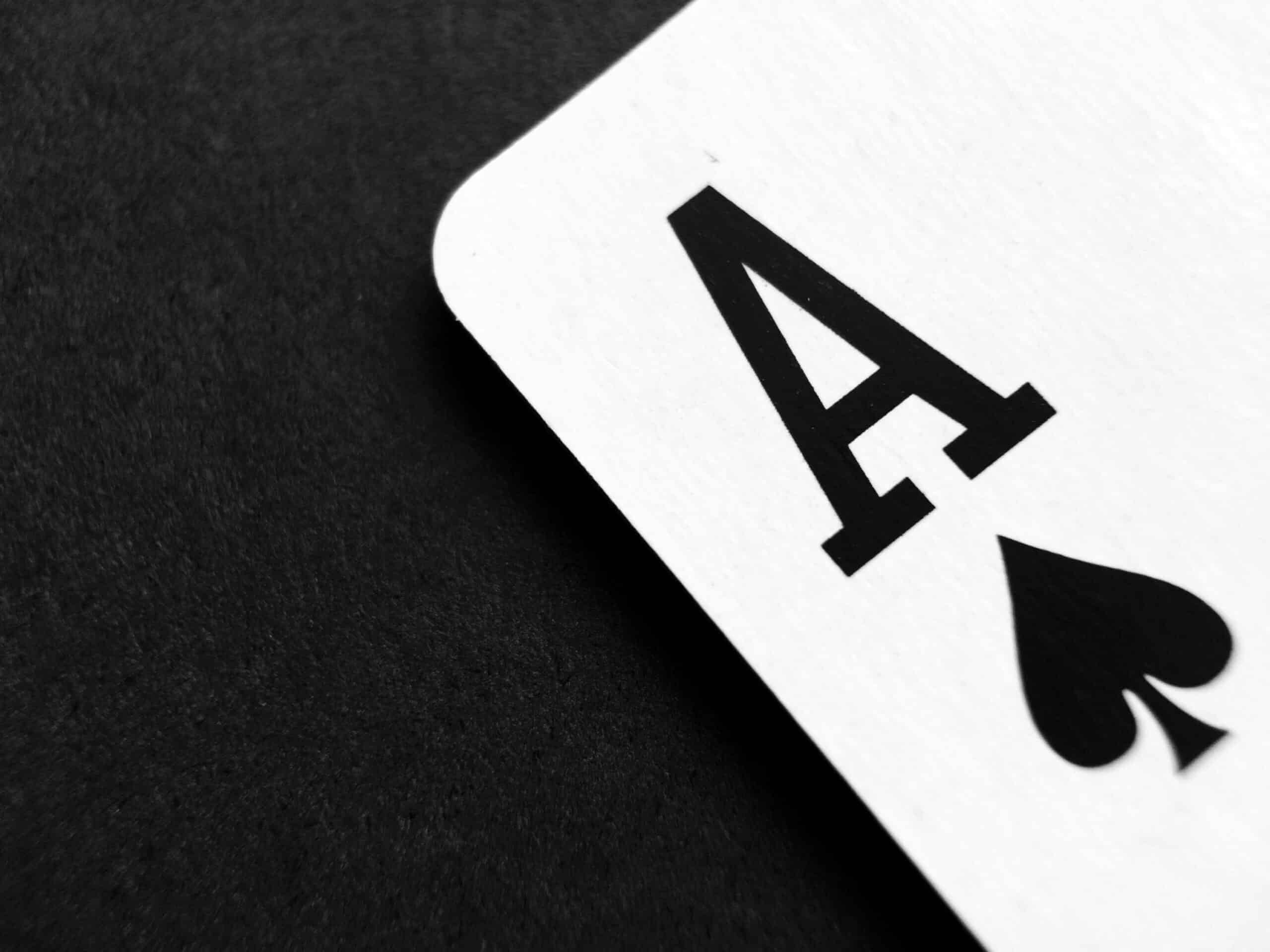Sandblasting is a quick, precise and effective method for cleaning, smoothing, removing or roughening a surface. Also known as abrasive blasting, it’s a popular choice in commercial and industrial operations. When compared to many other techniques, sandblasting remains relatively environmentally-friendly. Nevertheless, it’s what a sandblasting Los Angeles contractor does before, during and after blasting that will determine how eco-friendly the process is. Here are five ways you can ensure a sandblasting project does not harm the environment.
Pre-Work Assessment
Before kicking off any abrasive blasting, it’s vital that you conduct an assessment of the work area. For health, safety and environmental reasons, determine the constituent elements of the material to be removed. This is especially important when removing a previous layer of paint in preparation for repainting. Older paint layers especially those applied in the 1970s or earlier may contain dangerous metals such as lead. If unsure, conduct preliminary testing to determine the presence of heavy metals. If lead and similar toxicants are present, all necessary precautions must be taken to protect the people and environment from the paint chips.
Choice of Abrasive Material
Even though it’s still referred to as sandblasting, sand is hardly used any longer due to the risk of the lung disease silicosis. Fortunately, there’s a wide range of alternatives to choose from. These include copper slags, steel grits, powdered coconut, walnut shells, bicarbonate of soda and even granular crushed stones. Look for abrasive materials that won’t contaminate the work area and its surroundings. Choose abrasive materials that won’t introduce new elements to the surrounding environment. Better yet, opt for materials that can be recycled and reused multiple times. Granular crushed stones, for example, are free from the dangerous silicates found in sand. They can also be gathered and reused as much as five times before they become too small to be effective.
Protect HVAC Systems
An indoor setting is good for sandblasting because it helps contain the spread of material and ensures after-work cleaning is done with relative ease. But there’s a risk of dust emissions and abrasive material making its way into the heating and ventilation systems of the building or vehicle. All practical measures must be taken to keep HVAC systems free from such spent grit and windblown abrasive particulates. That may mean switching off the HVAC systems for as long as the sandblasting is in progress. Heating and ventilation systems should only be switched back on after dust and particulate has been cleared from the area.
Tarp Outdoor Work Areas
It won’t always be possible to keep sandblasting indoors though. If operations are taking place outdoors, there may be health, safety and contamination risks for nearby people, property and environment. Therefore, the work area should be enclosed with tarp to minimize the scatter of material and dust emissions. Avoid completing outdoor sandblasting projects on windy days as you run the risk of sending dust downwind a considerable distance. Ensure you prevent abrasive blast material, grit waste, and paint chips from finding their way into water reservoirs, surface water bodies and storm water runoff.
After Work Cleanup
A sandblasting project does not come to an end with the conclusion of the sandblasting work. The post-work cleanup should always be deemed as an integral component of the task. All requisite cleanup actions should be taken to ensure equipment, property and environment affected by the blasting are restored to their pre-blasting cleanliness, or better. Waste from the sandblasting should be collected and disposed of accordingly. Where wastes are considered hazardous, they should be disposed of in line with procedures governing such disposal. Where the sandblasting contractor doesn’t have the requisite experience to handle hazardous waste disposal, a toxic waste disposal company should be engaged.
Keep Sandblasting Safe
Sandblasting will be here for a while. However, that doesn’t mean harming the environment is inevitable. Apply these processes and procedures to keep abrasive blasting safe.




